- Overview
- Symptoms
- Causes & Risks
- Screening & Testing
- Diagnosis
- Treatment
- How HIV Affects the Body
- Opportunistic Infections
- Complications
- Living With
- Dating & Relationships
- Support & Resources
- Prevention
- Appointment Prep
- View Full Guide
HIV and AIDS Rashes and Skin Conditions

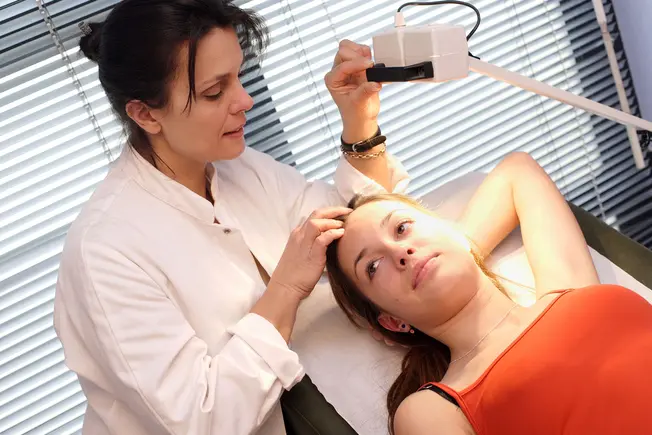
HIV and Your Skin
Skin changes could be the first sign that you have HIV. About 90% of people with HIV get a rash or other skin condition at some point. The virus weakens the immune system and makes it easier for germs that cause skin problems to get in. Some HIV treatments can cause rashes. But thanks to new medicines, when this happens, you can replace the medicine that caused it with another.
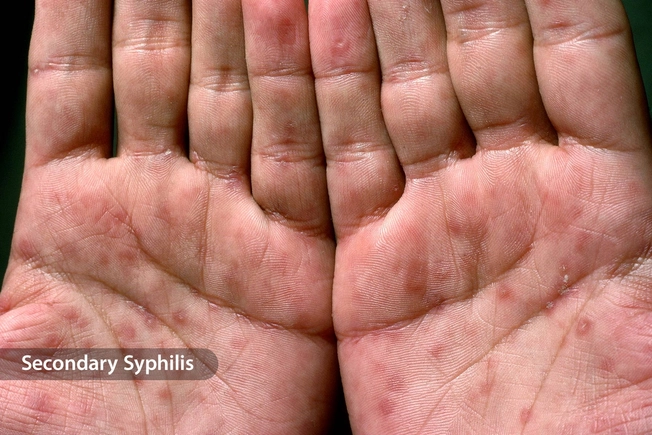
Syphilis Rash
Syphilis spreads through unprotected sex with an infected person. It first shows up as a small, painless sore called a chancre on your genitals, rectum, or mouth. If it’s inside your body, you may not notice it. As it worsens, you can get a rash all over your body, even your palms and the soles of your feet. It doesn’t itch. If you don’t treat syphilis, it can damage your heart, brain, and nervous system. You can also spread it to others.

Molluscum Contagiosum
These itchy bumps pop up in areas like the face, lower belly, upper thighs, and genitals. You're more likely to get them with a weakened immune system. Molluscum contagiosum isn't dangerous, but the bumps can get infected if you scratch them. They can also be unsightly -- more than 100 bumps can sometimes form at once. Your doctor can use an ointment, a laser, or freeze the bumps off with liquid nitrogen to rid you of the rash.
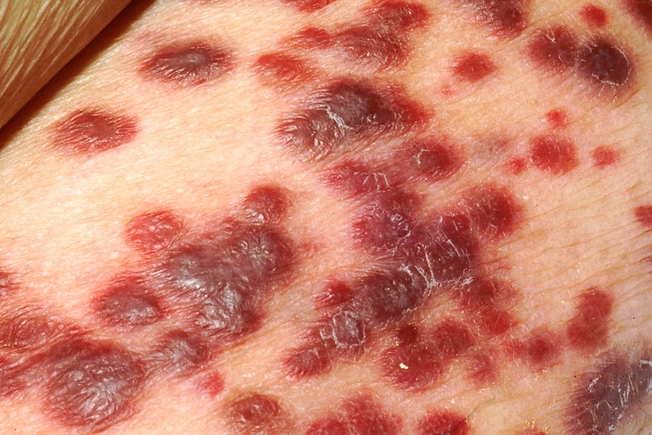
Kaposi Sarcoma
This rare cancer grows in cells that line lymph and blood vessels, forming red or purple patches called lesions. They’re usually in the mouth, nose, and throat but can show up almost anywhere. The patches are a sign that HIV has become AIDS. Today, fewer people with HIV get Kaposi sarcoma thanks to antiretroviral drugs. If you do get it, the main treatments are medicine to put on your skin, cryotherapy to freeze the cells off, or surgery.
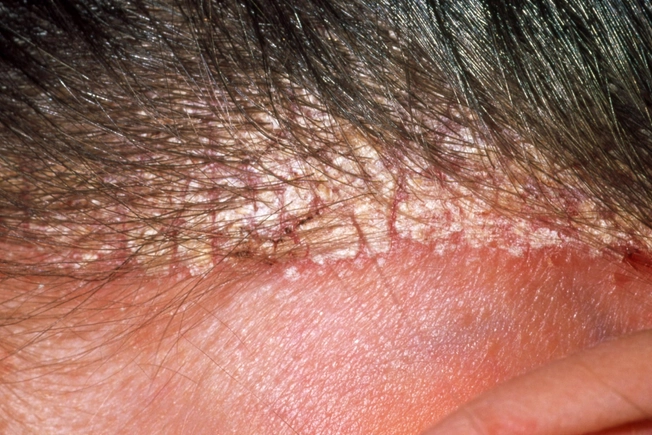
Seborrheic Dermatitis
An itchy scalp that sheds flaky yellow or white scales is a sign of this common skin condition. You may also notice redness and flakes on areas like your face and upper chest. Doctors don’t know exactly what causes seborrheic dermatitis. But if your immune system is weak, you’re more likely to have it. An antifungal cream or medicated shampoo can ease mild symptoms. Steroid cream helps ease swelling and redness when you have a flare.

Eosinophilic Folliculitis
Follicles are the tiny sacs that hairs grow from. When bacteria or other germs get inside them, this can make them swell and itch. Sometimes the pimple-like bumps itch or fill with pus. Eosinophilic folliculitis is the type that affects people with HIV and AIDS. It causes bumps on the face and upper body. The treatment depends on the type of germ. Antifungal creams or pills treat yeast infections. Antibiotics treat bacteria.
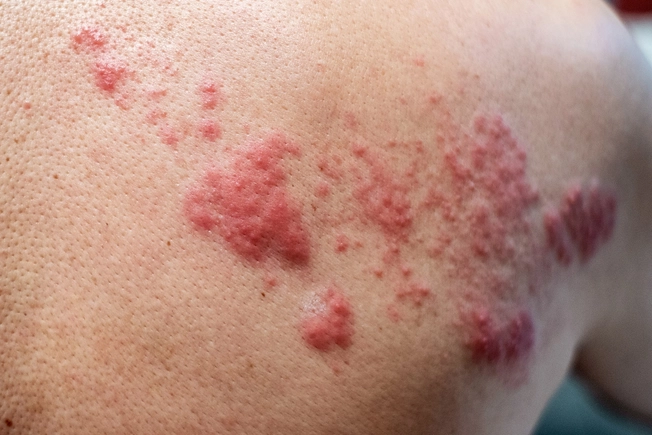
Shingles (Herpes Zoster)
If you had chickenpox as a kid, you can get shingles as an adult. The varicella zoster virus that causes chickenpox hides in your body. When your immune system is weak, the virus can “wake up” as a painful, blistery rash on one side of your body. Antiviral meds shorten the illness and make it less serious. But a new vaccine can cut the odds that you’ll get this rash in the first place. Doctors suggest it for HIV-infected people over 50.
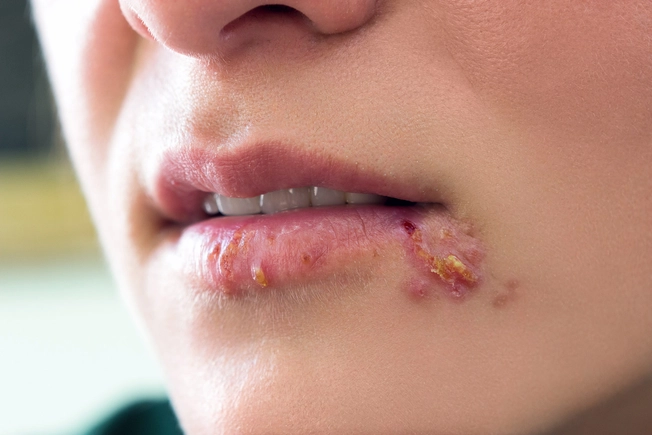
Herpes Simplex
Painful sores on the mouth and genitals are the main signs of this other type of herpes infection. It spreads through kissing and sex. Anyone can get herpes simplex, but people with HIV have worse outbreaks and get more of them. Herpes isn't curable, but antiviral medicines can cut down on the number of outbreaks you get. If you have herpes, use condoms so you don’t spread the virus to your partner.
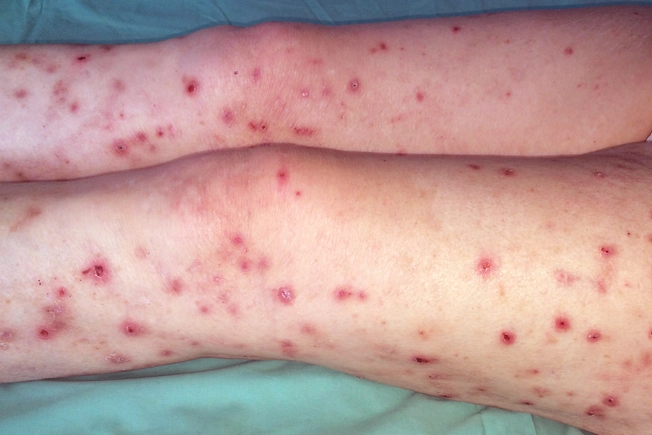
Prurigo Nodularis
This skin disease forms hard and intensely itchy lumps on places like your neck, shoulders, arms, and legs. It’s more common in people with skin conditions like eczema. But it can also be a sign that your immune system is weak from HIV or AIDS. Steroid creams or pills are the main treatments. To stop the itch, moisturize your skin every day. And don't scratch -- it will make the lumps worse.
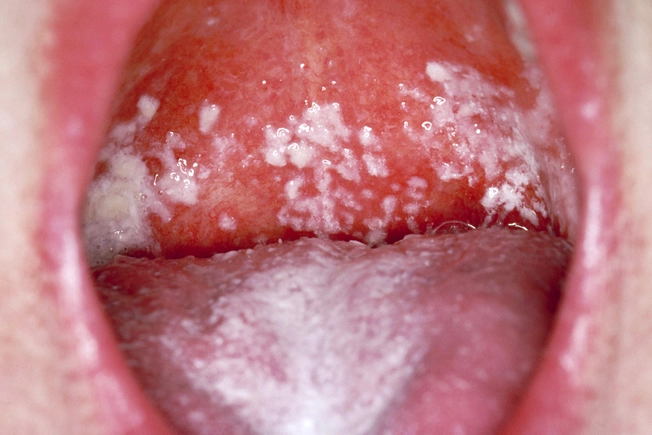
Oral Thrush
The candida fungus is normally present inside our mouths. If you’re healthy, it doesn't cause problems. But when you have HIV or AIDS, it can grow too quickly. Then it can form white patches on your tongue, cheeks, and the roof of your mouth that can hurt. If the sores spread down your food tube (esophagus), they can make it hard to swallow. An antifungal drug along with good oral hygiene can clear up a thrush infection.
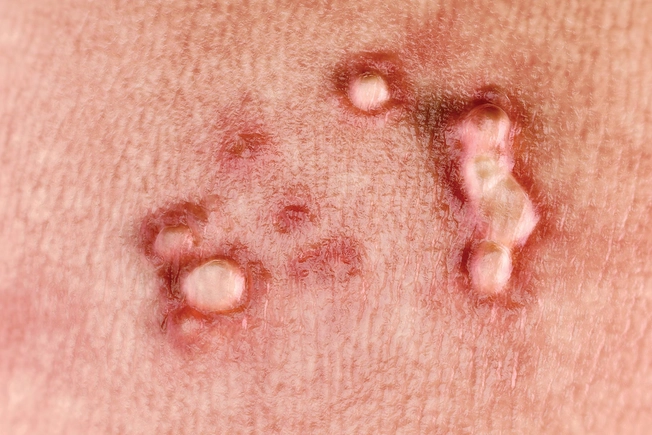
Genital Warts
Human papillomavirus (HPV) causes these small bumps on the penis, vagina, and anus. When you have HIV, your body can't fight off HPV. Your warts may also be harder to treat. Your doctor can freeze or burn them off, or apply a wart-removing cream. The warts are harmless, but the virus that causes them can raise your risk for cervical or anal cancer. If you get the HPV shot, it can stop you from catching the virus in the first place.
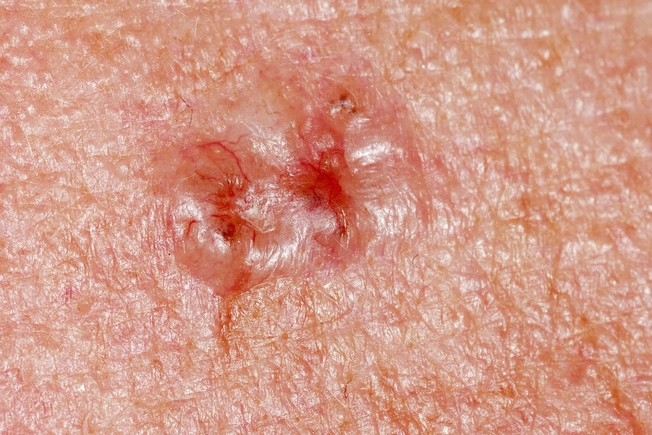
Skin Cancer
A healthy immune system fights off cancer. But when it's weak from HIV or AIDS, basal cell and squamous cell skin cancers are more likely to grow. These cancers look like pearly or red bumps, or a flat sore that scabs over and then heals. You'll see them on sun-exposed areas like your face, ears, neck, and hands. If you find a new spot on your skin, or if one changes shape or size, see a dermatologist, who can freeze or cut it off.
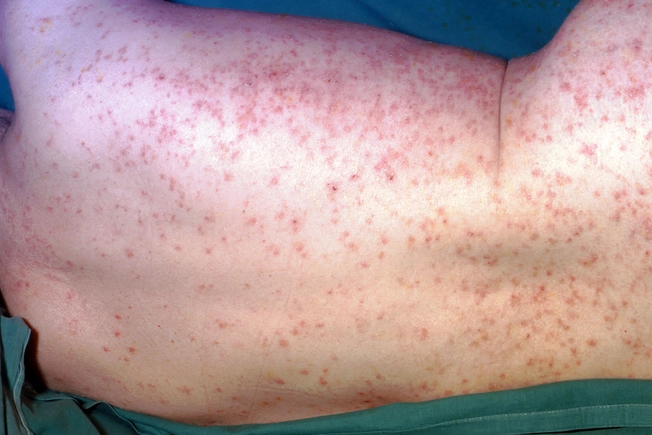
Scabies
This itchy, pimple-like rash appears when mites get into your skin and lay eggs. It spreads easily through skin-to-skin contact with an infected person. People with HIV or AIDS get a type called crusted scabies -- when thick crusts form on the skin. You can catch this kind if you share personal items like towels with someone who's infested. Scabicide medicines kill scabies mites and eggs. Your partner and family should also get treated.

Photodermatitis
HIV can make your skin more sensitive to the sun's UV radiation. After you go outside, your skin can turn a sunburn-like red in exposed areas like your face, ears, scalp, neck, and chest. Some of the medicines you take to treat HIV can also make you more sun-sensitive. Stay out of the sun to avoid this rash. When you do have to go outside, put on a high-SPF sunscreen that protects against both UVA and UVB rays.

Oral Hairy Leukoplakia
White, hairy patches on your tongue or mouth are signs of oral hairy leukoplakia. If you have a weak immune system from HIV, you're more likely to get the Epstein-Barr virus (EBV) that causes it. It could be a sign that your disease has gotten worse. You need to make sure you’re on HIV treatment and that it’s working. If the patches are very bad, your doctor might give you another antiviral drug or take them off with surgery.